The ups and downs of the mortgage market persist, challenging both professionals and consumers in its unpredictable wake.
Bond Market Turbulence
Despite the Federal Reserve’s efforts to stabilize the situation, the bond market remains highly volatile. Their attempt to assure no further rate hikes was thwarted by factors such as inflation data, low jobless claims, and an unfavorable bond market auction, creating significant upheavals.
Mortgage Rates and The 10-Year Yield
Recent times have witnessed such extreme fluctuations in the bond market that not just the Federal Reserve presidents but even the Treasury Secretary, Janet Yellen, intervened to mitigate the impact. Unfortunately, their efforts were in vain as mortgage rates hit a staggering 23-year high.
An illustrative point from the last week:
- Mortgage rates fluctuated from 7.81% to 7.60%, ultimately settling at 7.66%.
- Such volatile rates introduce an added layer of uncertainty to the already complex housing market landscape.
Moreover, major industry players like the National Association of Realtors, Mortgage Banking Association, and the National Association of Home Builders reached out to Fed Chair Jay Powell. Their plea? To elucidate the Fed’s rate path and seek solutions to narrow the spreads.
Housing Inventory: A Closer Look
2023 has been marked by slower growth in active listing, with new listings hitting historically low levels. The onset of mortgage rates exceeding 7% led many to anticipate a spike in active inventory growth, projected to be between 11,000-17,000.
Key takeaways from the last week’s inventory data:
- Inventory rose from 537,032 to 546,450.
- In contrast, the same week the previous year observed an increase from 562,249 to 567,452.
- In 2022, inventory had bottomed at 240,194, while 2023’s peak, thus far, has been 546,450.
- To provide a broader context, the active listings in 2015 stood at 1,177,353.
It’s pertinent to note that new listings, though at the lowest ever, are experiencing an organized seasonal decline.
Pricing in the Housing Market
A significant portion of homes (around one-third) typically undergo price cuts throughout a year. Interestingly, with the escalation of mortgage rates, these cuts have become more frequent. Here’s a snapshot of price cut percentages over the last few years:
- 2021: 29%
- 2022: 42%
- 2023: 38%
Purchase Application Data
The purchase application data paints a mixed picture. The data increased by 1% last week compared to the prior week, with the year showcasing 18 positive prints, 20 negative prints, and one flat week.
However, a concerning trend emerges as week-to-week data seems to be weakening with rates exceeding 7%.
The Week Ahead: Key Reports to Watch
The coming week promises several pivotal housing and economic data points:
- Builder’s Survey: A key metric, especially as builders have been seen offering more incentives to offset higher mortgage rates.
- Housing Starts Data: After a significant dip last month, this data will be crucial to gauge the market’s health.
- Existing Home Sales: Speculations hint at a dip below 4 million, a rarity post-1996.
- Other Noteworthy Data: Retail sales and the leading economic index are also slated for release, offering insights that could sway the bond market.
Conclusion
The unpredictable nature of the mortgage market continues to test its stakeholders. With significant fluctuations in rates, inventories, and prices, it remains to be seen how the industry will navigate these tumultuous waters in the upcoming weeks.



